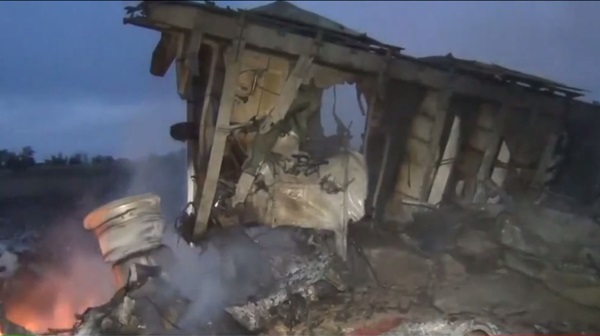Art World
Is This What Art Criticism Has Come To?
The Guardian's Jonathan Jones's "take" on the MH17 crash is despicable.

The Guardian's Jonathan Jones's "take" on the MH17 crash is despicable.

Benjamin Genocchio

Is Jonathan Jones fearful for his job? Within 24 hours of the MH17 crash site images appearing on television screens around the world, the Guardian’s chief art critic had leapt into action and penned an SEO-savvy “review” of the horrid television images, from an art critic’s perspective. Say what? Is the Guardian so desperate for Internet traffic that its art critic needs to jump onto the biggest news story of the moment?
Notwithstanding the shameless opportunism that attaches to this kind of cheap and insensitive link baiting, the critic provides no relevant or interesting commentary on the event. According to Jones, who is watching the images on television, like the rest of us, “they show us what war in Europe looks like in 2014.” Really? How can he know or say that? Maybe they look like what they are: the aftermath of a plane crashing.
The observance of a “Rothko-esque light” at the late afternoon, remote rural location where the plane crashed seems to be the total of the critic’s art-historical context for his commentary. And it’s all based on a bunch of grainy television images shot by freelance cameramen first on the scene. If anything, the flat, charred field with twisted, smoldering remnants of the plane and people reminds you vividly of Anselm Kiefer’s solemn, encrusted landscape paintings of the 1980s.
But, you see, I’m falling so easily, effortlessly into the Jones trap: taking an horrific human tragedy and aestheticising it. There is art after Auschwitz, Albert Speer, and Leni Riefenstahl, we know that, but we are also now more attuned to the service to which artforms are put. I believe criticism is still an art form and glomming onto formidable human tragedies for the sake of driving disposable Internet traffic is not just desperate but despicable.